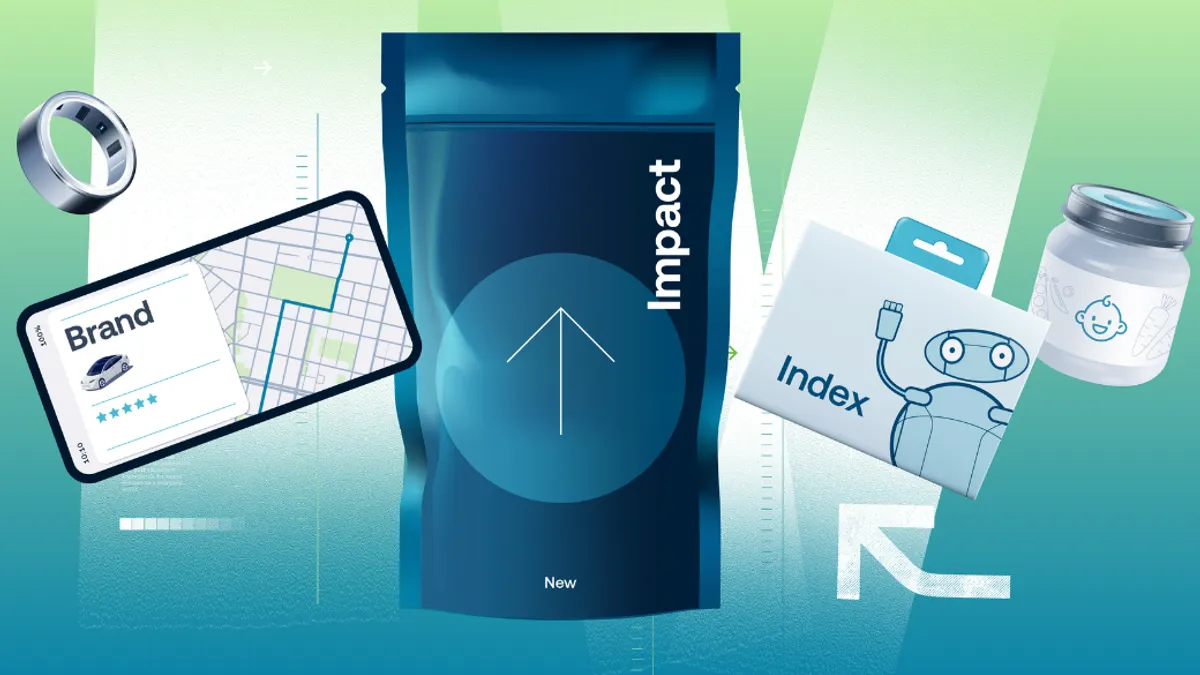Every leader is watching Meta double down on AI, from its $14 billion investment in Scale AI to its $10 billion commitment with Google Cloud, underscoring what every executive already knows: AI isn’t just the next big thing, it’s the thing.
As the undercurrent of every boardroom conversation and the subtext of every roadmap and strategy session, AI dominates the discussions I have as a partner at an innovation and transformation consultancy. Almost always, the same question surfaces: What should I do about AI?
It’s a fair question. The pace of advancement is dizzying, and the pressure to act has never been higher. Yet Meta’s bet illustrates that real advantage won’t come from chasing headlines. It will come from leaders who learn faster than the competition, taking a deliberate, iterative approach that balances ambition with patience and experimentation with purpose.
Shaping expectations through experimentation
Across every industry, leaders are racing to define their AI strategies. A recent survey of 360 executives at top global brands shows most are rolling out AI to elevate customer experience, unlock efficiencies, and fuel growth, but not all are equally far down the path.
Some are testing open-source models in isolated workflows, while others are scaling proprietary frameworks across departments. The most advanced are deploying agentic AI—systems that can reason, plan, and act with minimal human input—embedding it into real-time decision-making.
Still, only 35 percent of leaders in the same survey report seeing returns from AI today, a reminder that results don’t come overnight. Progress depends on continuous experimentation that reshapes expectations over time.
PA Consulting’s Brand Impact Index identifies two leadership mindsets: “shapers,” who embrace experimentation and evolve their strategies as conditions shift, and “stallers,” who hold to the status quo. It is this willingness to test, learn, and adjust that determines how effectively companies adapt to emerging technologies and realize long-term value.
Iteration with intention
Experimentation is core to AI culture and critical for real-world implementation. Just as engineers fine-tune large language models for custom use, leaders should approach AI in their operations the same way: by testing, calibrating, and recalibrating. The best leaders go further, considering how AI interacts with their broader tech stack and how those dynamics shape the customer experience.
At PA Consulting, we call this “intelligent innovation.” This concept blends imagination with vision to create and promote products, services, and experiences that impact lives and shape culture. Intelligent innovators are 1.2x more likely to experiment with disruptive technologies like AI. It’s not about innovation for innovation’s sake – it requires human insight into how an innovation impacts other product and service areas.
Oura, the health tech company, shows this in action. Their ring already tracks 20+ biometrics, but they expanded its value with Oura Advisor, an AI tool offering personalized recommendations. They collected over a million inputs and refined the model before scaling, with sixty percent of the pilot group reporting a better understanding of health metrics. By combining experimentation with user insight, Oura used AI to create a more meaningful experience for its consumers.
A learning culture for the long game
To innovate intelligently, employees must have opportunities to see how AI can improve their work. Mercedes-Benz demonstrates this outlook as the first automaker to publish AI principles and commit over $2 billion to train employees for AI by 2030. The payoff will take time, but that is the essence of intelligent innovation. When people are encouraged to learn, they keep their organizations relevant as technology evolves.
And evolve it will. The AI narrative now shifts almost monthly—from automation, to generative, to today’s agentic AI, meaning playbooks can expire overnight. To keep pace, leaders should focus on three things:
Be open to change: Shapers are honest about what AI means for their business and lean into experimentation. Stallers cling to short-term fixes and quickly fall behind.
Build adaptability in: No brand can stand still. Teams that treat learning as a core strength through testing, iterating, and improving will be the ones agents continue to surface.
Create space to upskill: As AI becomes more autonomous, every employee needs confidence in working with it. Upskilling and knowledge-sharing aren’t optional; they are what keep a brand resilient as the ground shifts.
Embracing AI with intention isn’t easy. Industry hype creates pressure to act fast, but chasing the shiniest tools can distract from the long game. The leaders who endure are the shapers—those who experiment, adapt, and keep moving forward.










